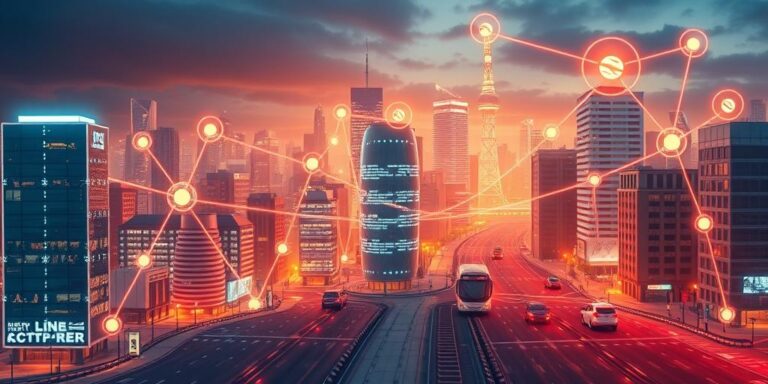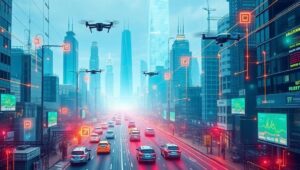Edge Computing Matures: Intelligence at the Network’s Fringe (2026)
Edge computing, once a nascent concept, has solidified its position as a cornerstone of modern IT infrastructure by 2026. The shift towards decentralized data processing, driven by the proliferation of IoT devices, advancements in 5G technology, and the ever-increasing demand for real-time insights, has propelled edge computing from theoretical discussions to practical implementations across various industries.
The Rise of Intelligent Edge
In 2026, edge computing is no longer just about moving computation closer to the data source. It’s about imbuing the edge with intelligence. This evolution is characterized by:
- AI-Enabled Edge Devices: Edge devices are now equipped with powerful AI chips capable of running complex machine learning models. This enables on-site data analysis, reducing latency and bandwidth consumption.
- Federated Learning: Federated learning techniques allow edge devices to collaboratively train models without sharing raw data, addressing privacy concerns and enabling more personalized services.
- Autonomous Decision-Making: Edge systems can now make decisions independently, based on real-time data analysis, crucial for applications like autonomous vehicles, smart factories, and remote healthcare.
Key Applications in 2026
Edge computing’s impact is felt across numerous sectors:
- Manufacturing: Predictive maintenance, real-time quality control, and robotic automation are optimized through edge-based analytics.
- Healthcare: Remote patient monitoring, AI-assisted diagnostics, and telemedicine benefit from low-latency data processing at the point of care.
- Retail: Personalized shopping experiences, optimized inventory management, and fraud detection are enhanced through edge-powered analytics.
- Transportation: Autonomous vehicles, smart traffic management, and connected logistics rely on edge computing for real-time decision-making.
- Energy: Smart grids, predictive maintenance of energy infrastructure, and optimized resource allocation are driven by edge-based intelligence.
Challenges and Opportunities
While edge computing has matured significantly, challenges remain:
- Security: Securing distributed edge infrastructure against cyber threats is paramount. Robust security protocols and continuous monitoring are essential.
- Management Complexity: Managing a large number of distributed edge devices requires sophisticated orchestration and automation tools.
- Interoperability: Ensuring seamless communication and data exchange between different edge devices and platforms is crucial for realizing the full potential of edge computing.
Despite these challenges, the opportunities presented by edge computing are immense. As technology continues to evolve, edge computing will play an increasingly vital role in shaping the future of computing and transforming industries worldwide. The convergence of AI, 5G, and edge computing will unlock new possibilities and drive innovation across various domains.
The Future is at the Edge
In 2026, edge computing stands as a testament to the power of decentralized intelligence. By bringing computation closer to the data source, it empowers organizations to unlock real-time insights, optimize operations, and deliver innovative services. As the demand for low-latency, high-bandwidth applications continues to grow, edge computing will remain at the forefront of technological innovation.




